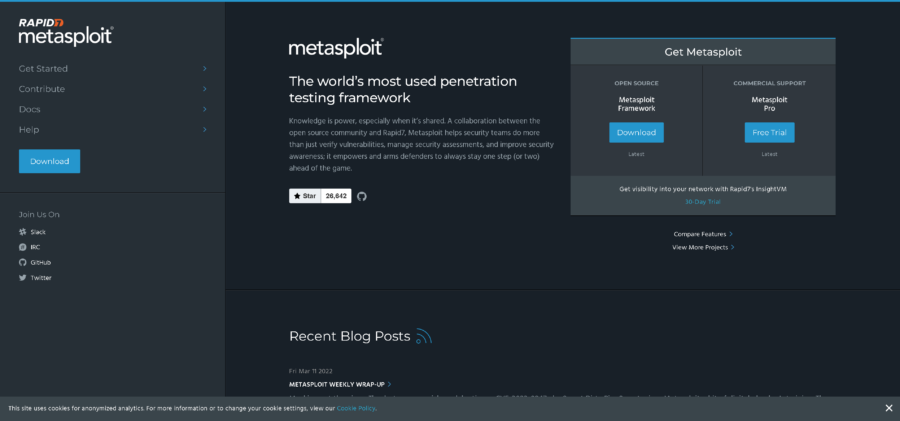Most researchers bet on vertical take-off and landing, the cost will be decisive
What is the single essential common thing that companies like Ehang, Airbus, Zee.Aero and Uber have in common? Regardless of how different they are, all of them aim to build the future of air transportation in the form of an autonomous aircraft, drone, or air vehicle that would be able to transport human passengers. These companies follow different paths and have a different vision on how an IoT connected air vehicle could do the job. So which one is closest to achieving the goal of creating a one-man autonomous air vehicle?
Chinese drone manufacturer Ehang is working on improving its 184 drone model to be capable of transporting a human being over air. Their CMO, Derrick Xiong, says the company is yet to perform test flights in the US and is now enhancing the drone’s flight accuracy plus overall stability. Ehang claims that some of the test flights were fully autonomous but this cannot be confirmed by an independent source.
Enhang operates a flight command center in Guangzhou, China and this raises a few questions about their tech and strategic vision. The company wants to monitor live data, communicate with the passengers, and schedule air traffic via their command center. The drone’s tech specifications aside, this approach can be regarded a bit outdated and will require huge resources if the technology is to serve large number of customers. Multinational airlines operate such command centers that track their fleets but the important difference is that their aircraft are operated by qualified pilots, not passengers that are not adept in the art of operating a flying machine.
The European aircraft maker Airbus is developing a project, code named “Project Vahana” to build an autonomous flying car. Tom Enders, CEO of Airbus, said in a recent interview that the company would be ready to release a working prototype for an autonomous flying car by the end of 2017.
Their core concept is to create a small aircraft that takes off and lands vertically while using wings during flight. This hybrid concept borrows from the best characteristics of both helicopters and winged aircraft, and is a self-piloted vehicle. According to Rodin Lyasoff, CEO of Airbus’s advanced projects group, the autonomous air vehicle does not need a runaway and is able to detect and avoid obstacles and other aircraft automatically.
Airbus does not mention the creation of a centralized command center; therefore, we might assume they are betting on fully autonomous technology that, according to Airbus, will be able to carry a single passenger or cargo.
Reports suggest that Google co-founder Larry Page is also working on a flying car through his secretive start-up Zee.Aero. Their website claims the company is developing a revolutionary new form of transportation but what that exactly means is anyone’s guess.
Larry Page is funding ZeeAero with his own money; the company that employs some 150 staff is not part of the Google ecosystem under Alphabet. Which in turn means that ZeeAero is not restricted by the Alphabet’s policies and strategic vision while having access to know-how about how to use big data to operate an unmanned air vehicle. Their product obviously develops the same principle of vertical take-off and landing, based upon the basic structure of a small aircraft.
A recent whitepaper by Uber outlines a plan for creation of on-demand aviation to enhance urban mobility and to make daily commuting faster. Their concept is also based on small aircraft that are designed to take off and land vertically. These are electric vehicles that are intended to be used both within a city and at longer distances and, according to Uber, more affordable than other transportation methods.
Both Airbus and Uber have access to vast financial resources and transportation industry expertise. The project by Larry Page is too secretive to assess its viability while at $200,000 a drone Ehang’s product is not ready for mass-production and is testing an unproven tech.
The success of an autonomous air vehicle will depend on a mix of factors like tech know-how, research and development resources, and stable financial backing. Airbus and Uber look like contenders to win the race, but it will not be unexpected if a more obscure firm is able to make a breakthrough that will reshape the air transportation industry. The required technology is already available and one only should developed it further to be suitable for mass production and secure safe air transportation at an affordable price.
By Kiril Kirilov





